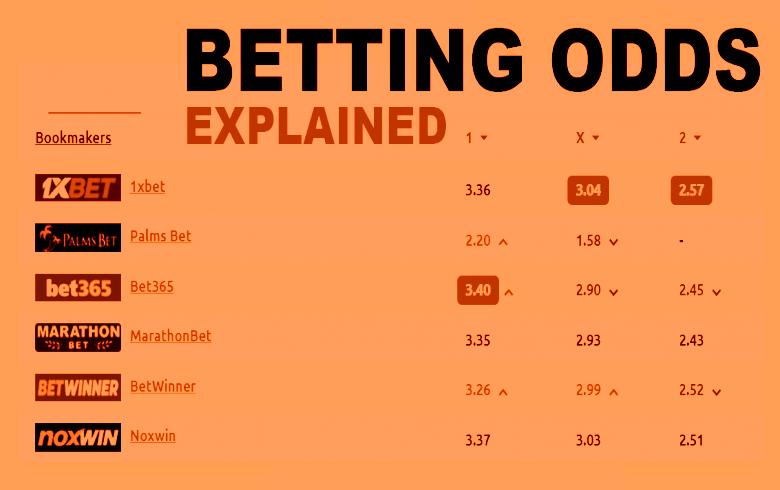Bookmaker odds represent the probability of an event occurring. Understanding how odds work is crucial for making informed betting decisions. Here’s a simple explanation:
1. What Are Odds?
Odds are numerical expressions that represent the probability of an event occurring. They are set by bookmakers based on various factors, including statistics, public opinion, and market demand.
Example: Odds of 2.0 (1/1) mean that the event has a 50% chance of occurring.
2. Types of Odds
Odds can be presented in different formats: fractional, decimal, and American.
– Fractional Odds: Expressed as a fraction, such as 3/1. This means that for every $1 bet, you win $3 plus your original bet.
– Decimal Odds: Expressed as a decimal, such as 4.0. This means that for every $1 bet, you win $4 (including your original bet).
– American Odds: Expressed as a positive or negative number, such as +300 or -200. Positive odds show the amount won on a $100 bet, while negative odds show the amount needed to bet to win $100.
3. How Bookmakers Set Odds
Bookmakers set odds based on various factors, including:
– Statistics: Historical data and performance statistics.
– Public Opinion: The general consensus among bettors.
– Market Demand: The amount of money being bet on each outcome.
Example: In a football match, the bookmaker sets odds of 1.5 for Team A to win based on their strong performance and public support.
4. Understanding Implied Probability
Implied probability is the probability of an event occurring based on the odds. It is calculated as follows:
– Fractional Odds: Implied Probability = 1 / (Odds + 1)
– Decimal Odds: Implied Probability = 1 / Odds
– American Odds: Implied Probability = 100 / (Odds + 100) for positive odds, and 100 / (Odds – 100) for negative odds
Example: Odds of 2.0 (1/1) have an implied probability of 50%.
Example List
– Fractional Odds: 3/1
– Decimal Odds: 4.0
– American Odds: +300
Additional Factors
– Margin: Bookmakers include a margin in their odds to ensure a profit. This margin is the difference between the true probability and the implied probability.
– Odds Movement: Odds can change based on new information, such as injuries or weather conditions. Monitoring odds movement can help you make better betting decisions.
– Value Bets: Identifying bets where the implied probability is lower than the true probability can provide value.
By understanding how bookmaker odds work, you can make more informed betting decisions and increase your chances of success.
